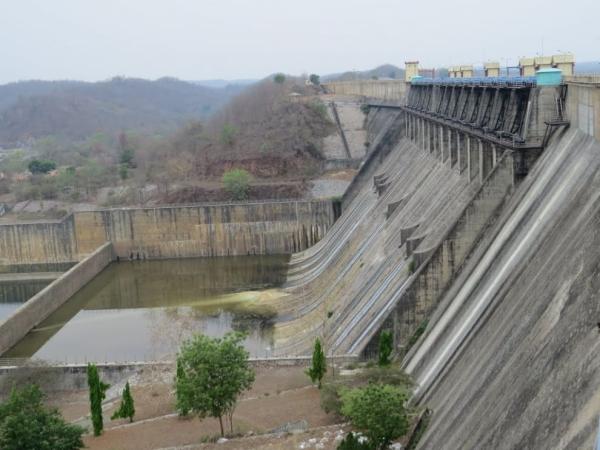Despite Heavy Rainfall City's Water Storage Less Than previous Year

Nagpur, India- Even though this summer has experienced thunderstorms and rain, the water stored in dams across Maharashtra is still lower than last year. According to the Water Resource Department's website, the Amravati division has the most water stored, with 40.55%, followed by the Nagpur division with 38.92%. The Konkan region's dams have 38% water storage as of today.
This summer has been especially rainy and stormy, keeping the maximum temperature in Vidarbha below 44°C. Nagpur district recorded a temperature of 43°C only once. There have been several rain spells following each heatwave. The India Meteorological Department (IMD) has predicted that the monsoon will arrive early this year, likely reaching the coastal regions by the end of this month. With the early monsoon, the IMD expects temperatures in Maharashtra and Vidarbha will rarely exceed 45°C.
However, despite the high water storage in some areas, it is still less than last year. Amravati's 40.55% water stock is lower than last year's 50.32%. Similarly, Nagpur's current 38.92% is below last year's 42.97%. The five major dams in Nagpur district—Khindsi, Totladoh, Wadgaon, Nand, and Kamthi Khairy—also have less water than last year.
This May saw the highest rainfall for the month since 1962, but it did not significantly increase the water levels in Nagpur's dams. For example, the Totladoh dam, crucial for Nagpur city, has 512.33 million cubic meters of water, which is 50.38% of its total capacity. Kamthi Khairy dam is the only major reservoir in the district with more water than last year, holding 133.83 Mcum or 94.26% of its capacity, compared to the previous year's 71.18%.
Despite the unusual summer and winter rains over the past two years, the dams still have less water stored this year. However, the administration is confident that Nagpur district will not face a water crisis this year with the current water stock.








-t-thumb.jpeg)
-t-thumb.jpeg)
